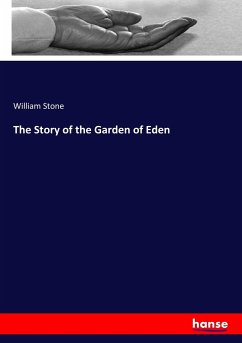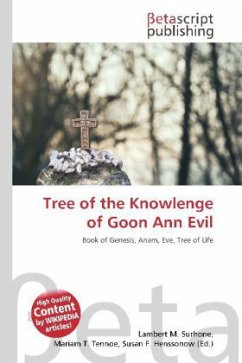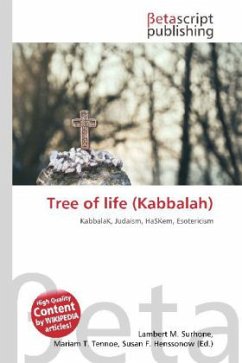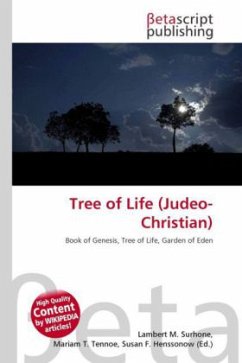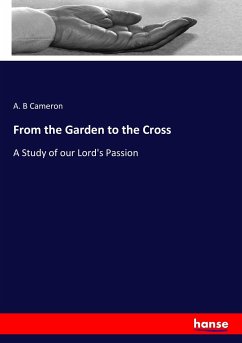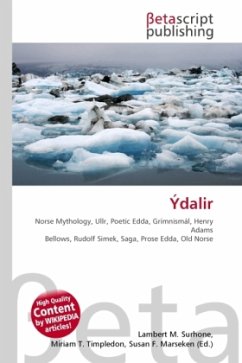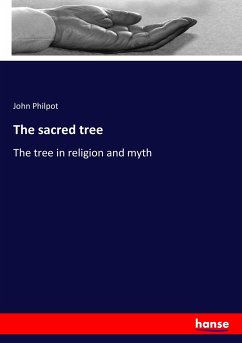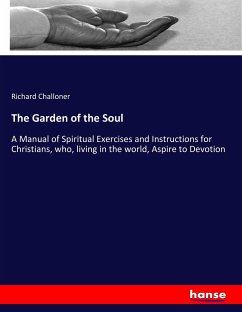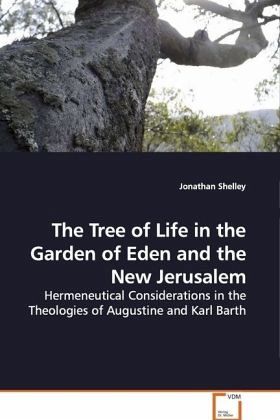
The Tree of Life in the Garden of Eden and the New Jerusalem
Hermeneutical Considerations in the Theologies of Augustine and Karl Barth
Versandkostenfrei!
Versandfertig in 6-10 Tagen
32,99 €
inkl. MwSt.

PAYBACK Punkte
16 °P sammeln!
The Tree of Life is an important motif in Scripture, appearing first in the Garden of Eden and reappearing in the New Jerusalem. A careful study of the exegesis and theological application of the Tree of Life provides important insights into the hermeneutical presuppositions and process of a theologian. Mr. Shelley has here compiled a critical study of the two great bookends of Western theology: Augustine and Karl Barth. By comparing the treatment of the Tree of Life by these two great theologians, Mr. Shelley has highlighted Augustine s four senses of Scripture and his Creation-Fall-Redemptio...
The Tree of Life is an important motif in Scripture,
appearing first in the Garden of Eden and
reappearing in the New Jerusalem. A careful study
of the exegesis and theological application of the
Tree of Life provides important insights into the
hermeneutical presuppositions and process of a
theologian. Mr. Shelley has here compiled a
critical study of the two great bookends of Western
theology: Augustine and Karl Barth. By comparing
the treatment of the Tree of Life by these two great
theologians, Mr. Shelley has highlighted Augustine s
four senses of Scripture and his Creation-Fall-
Redemption-Consummation narrative structure,
contrasting this sharply to Barth s six motifs of
theology and his Fall-Creation-Redemption narrative
structure. The implications of these differing
approaches is explored in the doctrines of
anthropology, ecclesiology, soteriology, revelation,
and Creation.
appearing first in the Garden of Eden and
reappearing in the New Jerusalem. A careful study
of the exegesis and theological application of the
Tree of Life provides important insights into the
hermeneutical presuppositions and process of a
theologian. Mr. Shelley has here compiled a
critical study of the two great bookends of Western
theology: Augustine and Karl Barth. By comparing
the treatment of the Tree of Life by these two great
theologians, Mr. Shelley has highlighted Augustine s
four senses of Scripture and his Creation-Fall-
Redemption-Consummation narrative structure,
contrasting this sharply to Barth s six motifs of
theology and his Fall-Creation-Redemption narrative
structure. The implications of these differing
approaches is explored in the doctrines of
anthropology, ecclesiology, soteriology, revelation,
and Creation.



